Researchers have developed a model for predicting the molecular weight distributions of star polymers undergoing mechanochemical degradation.
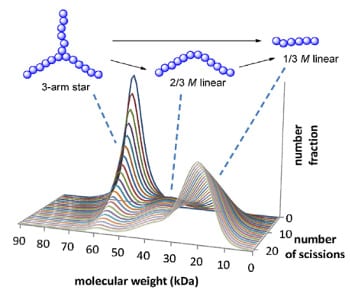

Researchers have developed a model for predicting the molecular weight distributions of star polymers undergoing mechanochemical degradation.
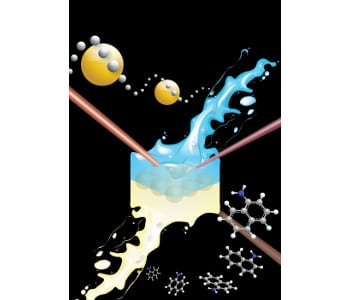
A liquid interface has the unique capability to provide a common meeting point for hydrophobic, hydrophilic and airborne species, allowing them all to interact.
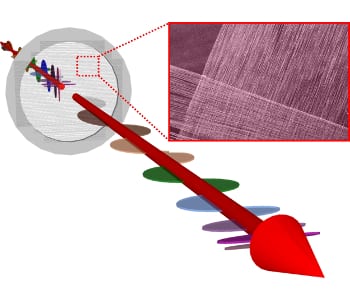
Cole et al. report the fabrication of free-standing, horizontally aligned carbon nanotube membranes.
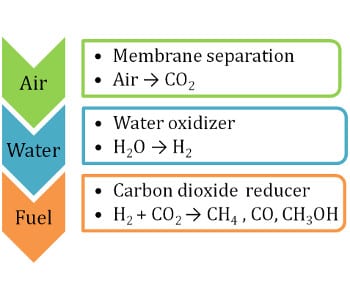
What can we do if the IPCC’s response to climate change – assessment of risk, vulnerability, mitigation, adaptation and cost – fails to deliver?
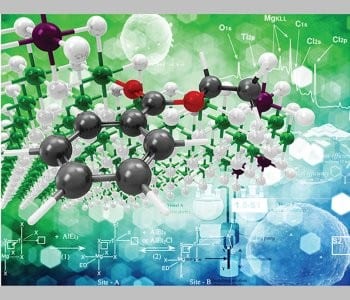
Macromolecular Chemistry and Physics, on the occasion of Prof. Minoru Terano’s 60th birthday, has published a special issue on the continuing innovation in polyolefin catalysis and materials.
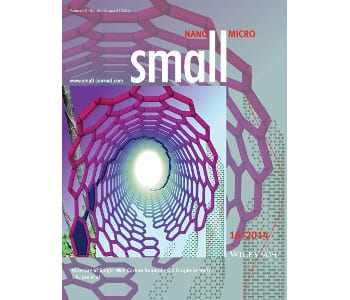
Researchers report that SWCNTs are tubular graphene in a unique armchair configuration, resulting from the growth of a zigzag graphene ribbon.
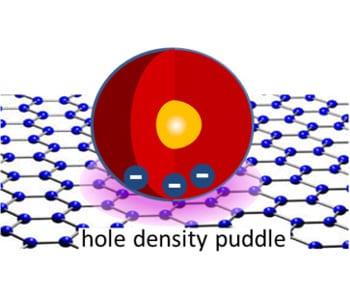
New work shows that new class of nanocrystals coupled to graphene causes bi-excitons to experience recombination and simultaneous emission of photon pairs.
Donghua University researchers produce graphene and graphene nanosheet (GNS)/Al2O3 composites.
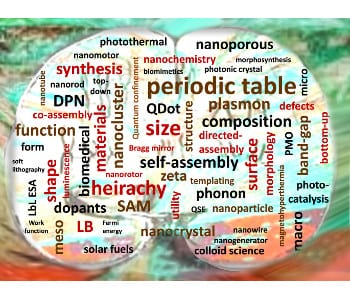
Professor Geoff Ozin and co-workers aim to categorise and organise the multifaceted properties and behaviours of nanomaterials.
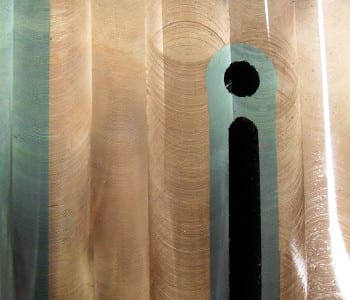
The research project Gen-Cast at the Foundry Institute RWTH Aachen University has demonstrated successful composite casting.